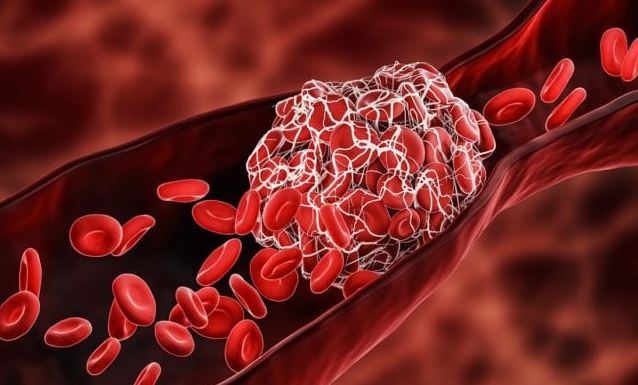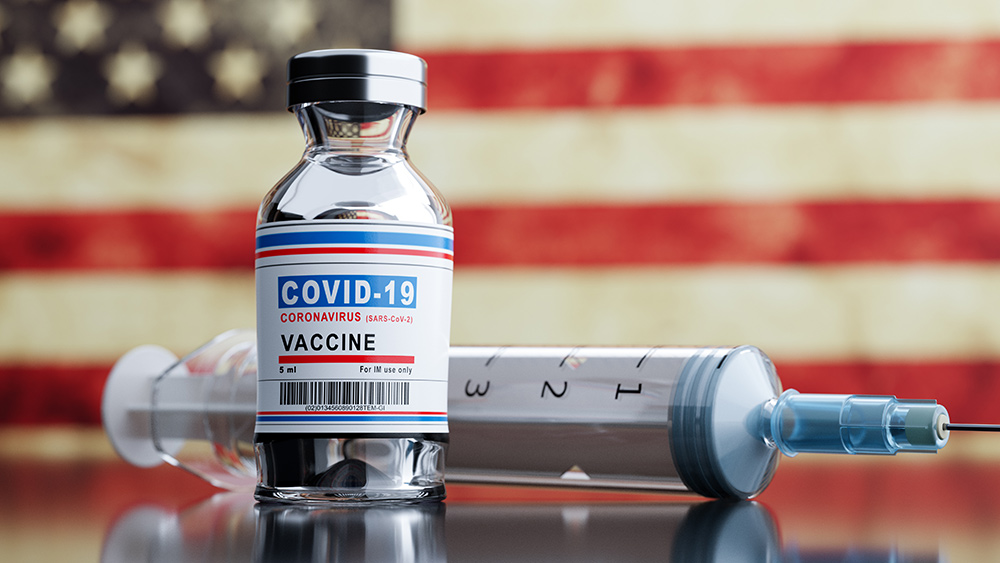
New research published in the Journal of Clinical Epidemiology has found that less than 10 percent – 9.9, to be exact – of all published "science" concerning approved medicine has quality evidence to back its claims.
The analysis, covering 154 Cochrane systematic reviews published between 2015 and 2019, found that only 15 of them actually meet the GRADE (grading of recommendations, assessment, development and evaluation) guidelines – GRADE being the "gold standard" method of determining evidence quality – threshold for high-quality evidence.
GRADE, in case you are not familiar with it, looks at things like risk of bias, which can impact a given study's findings. Those that are not "blinded," for instance, could produce anomalous results that are not considered to be backed by "high-quality evidence."
GRADE also looks at the types of treatments used in a given study to determine whether they were given in accordance with the highest standards. For the purposes of this review, it was determined that only one in seven, or about 13.5 percent, of studies reported treatments backed by high-quality evidence.
"The 154 studies were chosen because they were updates of a previous review of 608 systematic reviews, conducted in 2016," writes Jeremy Howick, director of the Oxford Empathy Programme at the University of Oxford, for The Epoch Times.
More of the latest news about the collapse of mainstream medicine when faced with the truth can be found at Medicine.news.
Only 13 percent of the 9.9 percent of studies deemed to contain "high-quality evidence" produced statistically significant results
Another thing the GRADE analysis found is that only two of the 15 studies deemed to have "high-quality evidence" backing them produced statistically significant results – "meaning that the results were unlikely to have arisen due to random error," Howick notes.
What this means is that little more than one percent of published medicine research is actually useful for determining clinical practice. The other 99 percent is potentially bogus science, though Howick notes that some of GRADE's standards may be too strict to the point that they reject potentially useful science that is not necessarily false, but simply lacking what GRADE standards deem as essential for constituting "high-quality evidence."
"... the sample in the study wasn't large enough to check whether there were certain types of medical treatments (pharmacological, surgical, psychological) that were better than others," Howick explains. "It is also possible that the 'gold standard' for ranking evidence (GRADE) is too strict."
At the same time, there are entire systems of thought that have been built around faulty science, one of them being the misnomer that the human brain shrinks with age, ultimately leading to dementia. As it turns out, this medical "fact" is actually built upon medical myth, possibly due to flawed science that never should have been published in the first place.
Howick also cautions against automatically ruling out GRADE assessments based on the too-strict theory because for the most part, and in most contexts, it really is the gold standard for assessing the quality of evidence. Only under certain circumstances can it be considered too strict, such as in research that cannot be properly "blinded" because participants know what they are doing or not doing.
An exercise study, for instance, cannot be blinded because participants will know whether or not they are actually exercising. However, in this case the assessed studies included those for which actual medicines, which can easily be replaced with inert placebos, were administered to participants.
"On average, most of the medical treatments whose effectiveness has been tested in systematic reviews aren't supported by high-quality evidence," writes Howick. "We need less, but better, research to address uncertainties so that we can become more confident that the treatments we take work."
Sources for this article include:
Please contact us for more information.




















